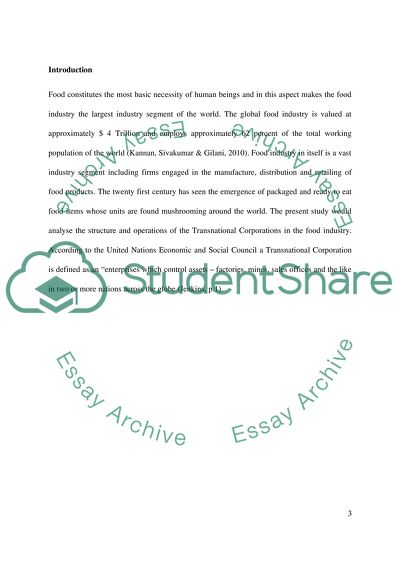Cite this document
(TNCs in the Food Industry Coursework Example | Topics and Well Written Essays - 1500 words, n.d.)
TNCs in the Food Industry Coursework Example | Topics and Well Written Essays - 1500 words. https://studentshare.org/environmental-studies/1573400-explain-the-structure-and-operation-of-tncs-in-the-food-industry
TNCs in the Food Industry Coursework Example | Topics and Well Written Essays - 1500 words. https://studentshare.org/environmental-studies/1573400-explain-the-structure-and-operation-of-tncs-in-the-food-industry
(TNCs in the Food Industry Coursework Example | Topics and Well Written Essays - 1500 Words)
TNCs in the Food Industry Coursework Example | Topics and Well Written Essays - 1500 Words. https://studentshare.org/environmental-studies/1573400-explain-the-structure-and-operation-of-tncs-in-the-food-industry.
TNCs in the Food Industry Coursework Example | Topics and Well Written Essays - 1500 Words. https://studentshare.org/environmental-studies/1573400-explain-the-structure-and-operation-of-tncs-in-the-food-industry.
“TNCs in the Food Industry Coursework Example | Topics and Well Written Essays - 1500 Words”. https://studentshare.org/environmental-studies/1573400-explain-the-structure-and-operation-of-tncs-in-the-food-industry.


